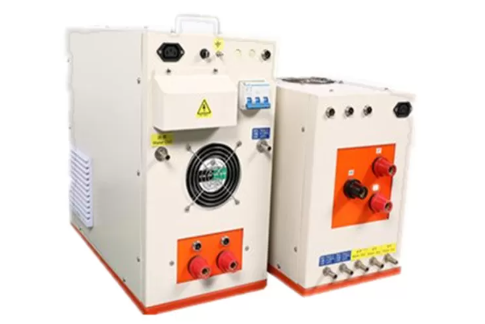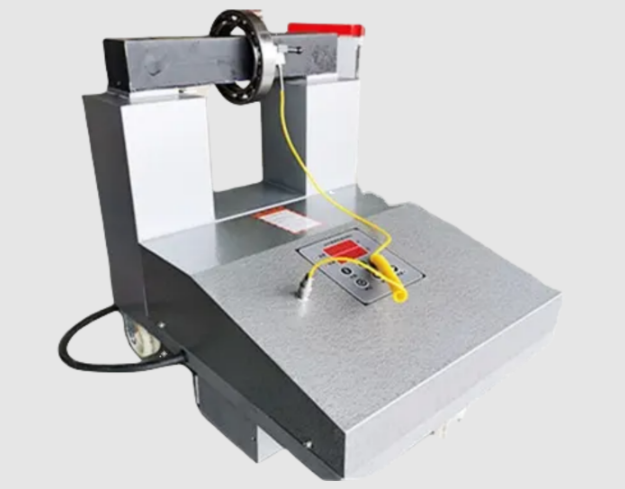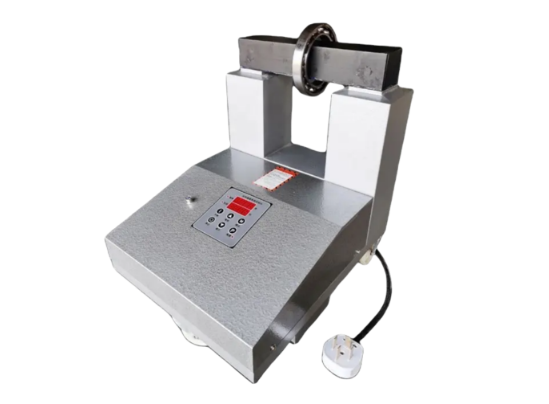Did you know that selecting the wrong welding technique can compromise your project and lead to costly rework?
There are various welding technologies and methods available, each better suited for specific applications. Choosing the wrong one may affect the durability and performance of your final product, potentially resulting in defects and additional expenses to correct them.
When comparing RF sealing and ultrasonic welding, both techniques offer distinct advantages and limitations. Understanding these differences is key to selecting the most suitable method for your project.
This article explores the principles, applications, and benefits of RF and ultrasonic welding, providing a detailed comparison of the two techniques.

Demystifying RF Welding
What is Radio Frequency (RF) Welding?
RF welding is a process that uses electromagnetic energy—specifically radio frequency waves—to generate heat and bond materials. It is commonly used with plastics to create strong, airtight seals and is widely applied in manufacturing medical devices, automotive parts, inflatable products, and packaging.
Types of RF Welding
There are two main types of RF welding: heat sealing and dielectric sealing.
Heat Sealing: This method applies heat and pressure to the materials being joined. As the materials cool and solidify, a weld is formed. Heat sealing is often used to create seams in products such as medical bags.
Dielectric Sealing: Similar to heat sealing, dielectric sealing generates heat within the material itself. High-frequency electromagnetic waves induce motion in the material, producing heat that fuses the components.
Advantages of RF Welding vs Ultrasonic Welding
Some key benefits of RF welding include:
Strong, Hermetic Seals: RF welding creates solid, airtight bonds, ideal for applications requiring watertight or airtight seals.
Clean Welds: The process minimizes contamination, resulting in precise, clean welds.
Fast Cycle Times: RF welding is efficient and suitable for high-volume production.
Limitations of RF Welding
While RF welding offers several advantages, it also has some limitations:
Material Restrictions: It is primarily effective with thermoplastics, which can be melted and remolded. This limits its use with metals or thermosetting plastics.
Potential for Scorching: Improper control of the welding process can result in scorching or burning of the material.
Understanding Ultrasonic Welding
Ultrasonic welding is a technique that uses high-frequency sound waves—similar to those we hear—to join materials. These sound waves generate heat through friction, which melts the materials and forms a solid bond.
Ultrasonic welding is primarily used with plastics or metals when heat or adhesives are not suitable. It is commonly applied in the automotive, medical, electronics, and packaging industries to create solid, precise bonds quickly and efficiently.
Types of Ultrasonic Welding
There are two main types of ultrasonic welding: continuous drive welding and horn welding.
Continuous Drive Welding: In this method, materials move past an ultrasonic horn, creating a continuous weld. It is commonly used for sealing packaging materials and assembling nonwoven fabrics.
Horn Welding: This method uses a stationary ultrasonic horn to apply pressure and vibrations at a contact point, forming a weld. It is ideal for joining small, intricate parts, such as electronic components and medical devices.
Advantages of Ultrasonic Welding vs RF Welding
Key benefits of ultrasonic welding include:
Fast Cycle Times: Ultrasonic welding processes materials quickly, making it well-suited for high-speed production environments.
Clean Welds: Like RF welding, it produces precise, clean welds, but ultrasonic welding can achieve slightly higher precision without adhesives or solvents.
Suitable for Delicate Materials: The process is gentle enough for thin or fragile materials, reducing the risk of damage.
Limitations of Ultrasonic Welding
While ultrasonic welding offers many advantages, it also has limitations:
It is mainly used with thermoplastics, although certain metals can also be welded.
Weld strength is typically lower than some other welding methods.
Given its benefits and limitations, ultrasonic welding is best suited for delicate parts and applications requiring intricate, precise welds.
RF Welding vs Ultrasonic Welding Side-by-Side Comparison
Factor | RF Welding | Ultrasonic Welding |
Material Compatibility | Primarily thermoplastics, including PVC and polyurethane. | Primarily thermoplastics, but works with a broader range of plastics compared to RF welding. |
Bond Strength | Strong hermetic seals make it suitable for applications that require airtight joins. | It is strong but can be weaker in some applications. It’s often used with delicate materials and smaller components. |
Speed and Cycle Times | It is fast and suitable for high-volume production. However, because it requires heating the entire weld area, it has a longer cycle time than ultrasonic welding. | It is speedy and ideal for high-speed production. Due to its quick, localized heating process, it typically offers faster cycle times. |
Joint Aesthetics | Precise welds with less of a need for finishing to create a clean aesthetic. | Clean, precise welds. However, it may require additional finishing compared to RF welding. |
Cost Considerations | It may require more complex equipment and setup. | Typically, it has lower equipment costs. |
Choosing the Right Welding Technology
When comparing RF welding vs ultrasonic welding, both techniques produce strong and durable bonds. The key is to select the method that best aligns with your project’s specific needs, taking into account material properties, application requirements, and budget.
RF Welding is ideal for creating strong, hermetic seals, particularly with thermoplastic materials. It performs especially well with thicker materials and complex shapes, making it suitable for products requiring airtight or watertight seals.
Ultrasonic Welding, on the other hand, excels in speed and precision, making it perfect for delicate or intricate components such as electronics. It uses high-frequency sound waves to generate friction, melting and joining materials quickly and accurately.
Conclusion
Both RF welding and ultrasonic welding are effective techniques, each with distinct strengths and limitations. RF welding is better suited for thicker plastics and applications requiring hermetic seals, while ultrasonic welding is ideal for smaller, delicate parts needing precise, clean welds.
By carefully considering your project’s requirements and the characteristics of each technique, you can make the best choice for your application in RF welding vs ultrasonic welding.






